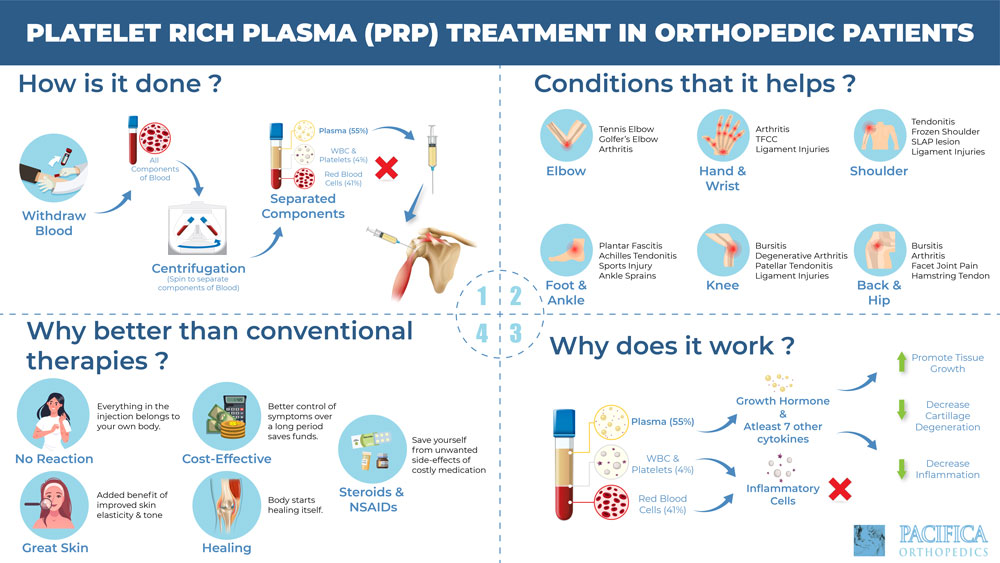The knee is composed of the femur (lower end of the thighbone), tibia (upper end of the shinbone), fibula (strut bone) and patella (knee cap). It is the largest joint in the body, containing large ligaments. An important structure in the knee is the meniscus which has a cushion-like function that helps absorb shock during motion.
The knee is one of the easily injured joint in the body. It is more vulnerable to injuries due to twisting or stretching the joint beyond the normal range of motion that it can possibly tolerate. An injury can also happen due to a direct blow.
A sprain happens when the ligament is damaged due to stretching or tears. The extent of damage may vary from stretched ligament without tear to a totally disrupted ligament. Strain is an overuse of the knee that results to an injury to its muscles and tendons. Similar with sprain, the degree of damage varies from a simple stretched muscle or tendon fiber to a complete laceration. Direct blow or a chronic use of the knee can lead to bursitis which is an inflammation of the bursa (fluid-filled sacs between the tendon and bone or skin providing cushion for friction). An acute knee injury causes pain and swelling that affects bearing of weight and bending the knee. It can either be due to a tear of the ligament or fracture, or a meniscal or cartilage injury.
An orthopedic evaluation includes knowing the medical history of the injury. Then a physical examination will be performed to check the bones. The kneecap that slide high out of its position suggests a fracture. Kneecap slide to the lateral or outside part of the knee indicates patellar dislocations. Sometimes, the practitioner will suggest an X-ray or an MRI scan.
Depending on the diagnosis, treatments include medication, physical therapy or sometimes a surgery.




0 Comments